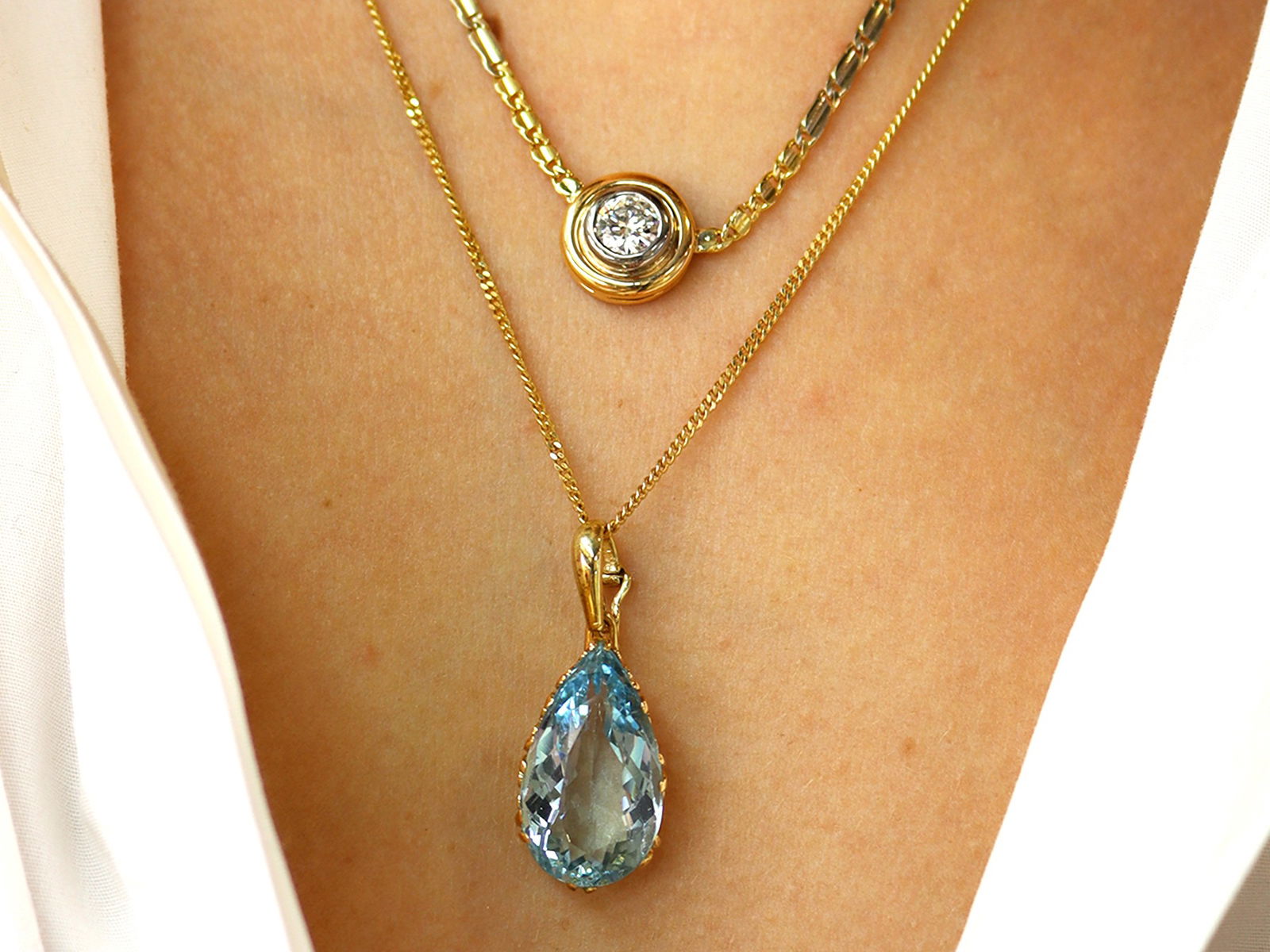‘They dined on mince, and slices of quince,
Which they ate with a runcible spoon;
And hand in hand, on the edge of the sand,
They danced by the light of the moon,’
Everyone was a child once, and most of us will recall the renowned work of Victorian poet, Edward Lear. Lear’s most famous work is the nonsensical poem, ‘The Owl and the Pussy-Cat’. From venturing the sea on a pea-green boat, to marrying using a ring from the nose of a Piggy-wig, ‘The Owl and the Pussy-Cat’ is a childhood classic.
Upon re-reading this poem as an adult, I am forced to ask: ‘what on Earth is a runcible spoon?’ So, I got to work on some researching, and I was surprised with what I learned. Hopefully, you will be too.
What Is a Runcible Spoon?
The word runcible, as it turns out, was invented entirely. Supposedly, ‘runcible’ was one of Lear’s favourite nonsense words, which makes sense when you learn that Lear used the term time and time again to describe different things, from a ‘runcible hat’, to a ‘runcible cat’ or ‘runcible goose’. So, the question arises; how do we define ‘runcible’?
Well, with regards to silverware, a runcible spoon has been defined from around the 1920s as more of a rounded fork, featuring three broad, curved tines, and one sharpened edge, frequently used for hors d’oeuvres. Runcible spoons can come in a vast variety of sizes, going from examples small enough to use for eating pickles, to almost comically large items, possibly perfect for dining on mince and slices of quince.
Here at AC Silver, we are proud to have our very own runcible spoon. This beautiful item would certainly be well-suited for serving mince, measuring a total of 9.3” long. A stunning example of Newcastle silver, the Victorian spoon is dated to 1862, and it takes pride of place among our vast selection of various spoons and other serving pieces.







